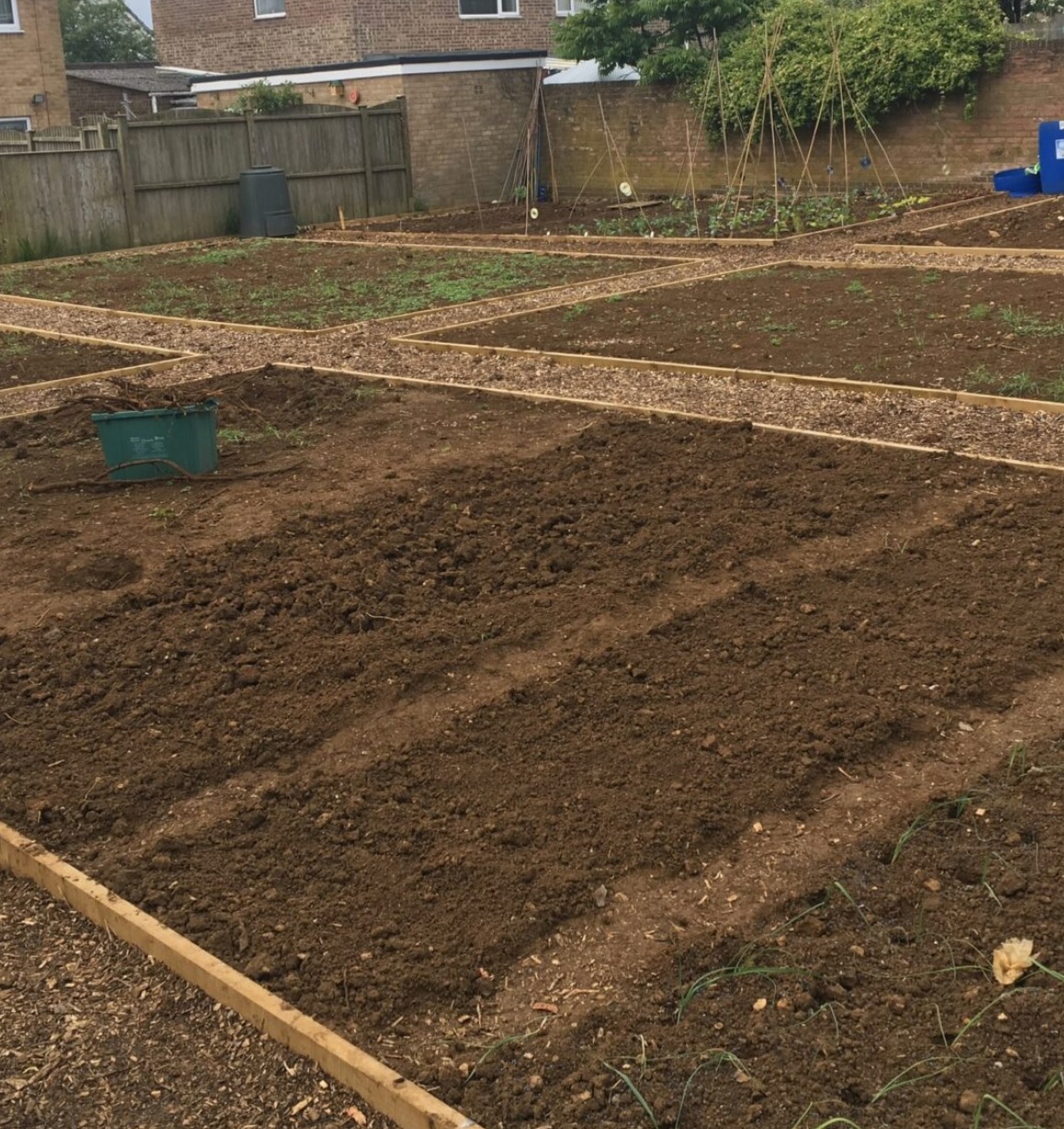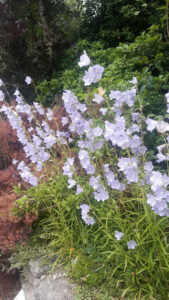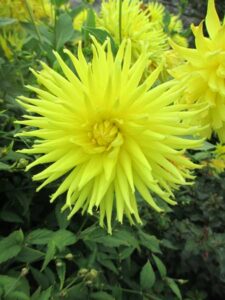MARCH MISCELLANY
I look back now in the mid-winter gloom to those long autumnal evenings of September and October. Supper on some of these consisted of locally sourced mushrooms on granary toast while the moon outside grew larger and fatter in the autumn twilight Those memories are still fresh and I wonder how many readers ever sat down to a similar feed, or indeed to a meal of bleeding fresh mackerel from the coast, fried in butter and accompanied with tea and crusty brown bread? Other easy autumnal treats were deep plates of garlic-covered mussels alongside generous slices of smoked salmon and side salad!
Perhaps you have actually feasted similarly, and it goes to show how wonderful local produce can be. But, I have noticed in recent years (you too perhaps) how supermarket shelves, even in mid-autumn (harvest time) are full of imported fruit and vegetables? Where have all the varied, locally-grown, fresh produce gone? Is it there at all? How wonderful it would be for consumers if outlets concentrated on offering produce seasonally at its best and grown locally. Would they not take a leaf from the book of Country Market suppliers, pick-your-own farms, or small local shops who can often buy from amateurs and allotment holders? A head of lettuce from one of these outlets has a load of crunchiness in its tightly rolled leaves especially when presented with a vine of Sweet 100 tomatoes, white Lisbon onions, Coleslaw and basil. These are the making (and promise) of a lavish feast.
Visualize in your mind’s eye ‘afters’ of warm plump raspberries lightly cooked in a golden crust tart, smothered with fresh full cream! It’s even easier to imagine plums still steaming as they are lifted from a freshly-cut tart of fluffie puff pastry. I must ask readers, “have you honestly ever tasted an oven-fresh plum tart with all its dark, almost ink-black juices and rich colouring, poured out on a plate which had been preheated and polished for the offering?
Some time ago one our most celebrated celebrity chefs opened yet another food festival and she urged people to think about setting up alternative farming enterprises to supply the local economy. She said, and I agree, that there should be allotments and country market outlets in every town and hamlet throughout the country.
Having judged at more than a few horticultural shows I can say that there is a huge increase in the number of people growing their own produce. They appreciate and crave quality food, fresh from the soil. There also the thrill and importance of teaching our children how to grow, produce, and cook the best in fruit and vegetables. And who knows but in a decade or so they too may be cultivating their very own plots. At least they will realize then, and have a knowledge of, what the earth can freely produce.
ART IN SMALL GARDENS
In very small gardens, abstract sculpture has particular value especially if of a humorous nature, or great simplicity. Where a figure would dominate and give the feeling of an alien presence, a beautifully shaped stone, large terra-cotta pot, or an enigmatic form of metal would do the opposite. They could well reflect light, liberate the imagination, or enlarge the apparent space in which they stand. It might even be realistic to place a single, highly polished reflective metal chair near to some distant evergreen shrubs. See this light up in any sudden bursts of sunshine! So, if you have any Christmas gift vouchers left, search around for something unusual in the art line.
SCOTTISH FLAME FLOWER
North facing walls can seem a challenge, but let’s be positive. Facing north means less sunlight, true, but unless completely shaded by trees or buildings, even a north wall is going to receive some sunshine in summer, either in the morning or evening. What colourful plants are there for a north wall? A favourite of mine is a red flowered plant called Tropaeolum speciosum, the Scottish flame creeper. This flamboyant eye-catcher clings on by wrapping leaf stalks (petioles) around nearby vegetation, making it ideal for growing through other plants-conifers providing the perfect background. Some think this creeper is hard to establish, but believe me, if you live in a western county where the rainfall is twice that of the east, it will succeed like a weed and come up everywhere. In Scotland you can find it everywhere, whilst in Sassenach England it is much rarer. Of course, if you don’t like it, or tire of its invasiveness, then it can be pulled out willy-nilly and disposed of.
BRING THE PERFUME INDOORS
If the weather in the open garden becomes too cold to enjoy the benefits of your winter-flowering plants, bear in mind that the stems of deciduous shrubs cut this month (and stood in vases in a cold greenhouse to hasten flowering before removal to the house) it will give some compensation for outside conditions. There’s the added bonus of protection from frost as well to bear in mind, so all in all, the task is worthwhile. The likes of Viburnum bodnantense in the white form ‘Deben’ or pink ‘Dawn’, Lonicera fragrantissima, and Chimonanthus praecox Grandiflorus as well as Daphnes respond well to this treatment.
THE MARCH GARDEN
I could write pages about snowdrops, but I recognise that their chilly purity is not for everyone. Gardeners who are not susceptible to their charms should search for Galanthus ‘S.Arnott’ a large, scented variety with handsome leaves. Expensive at some outlets yes, but a few bulbs increases so fast that an impressive patch will soon be yours. Indeed, the magic of ‘S Arnott’ should be enough to convert anyone to try more snowdrops.








